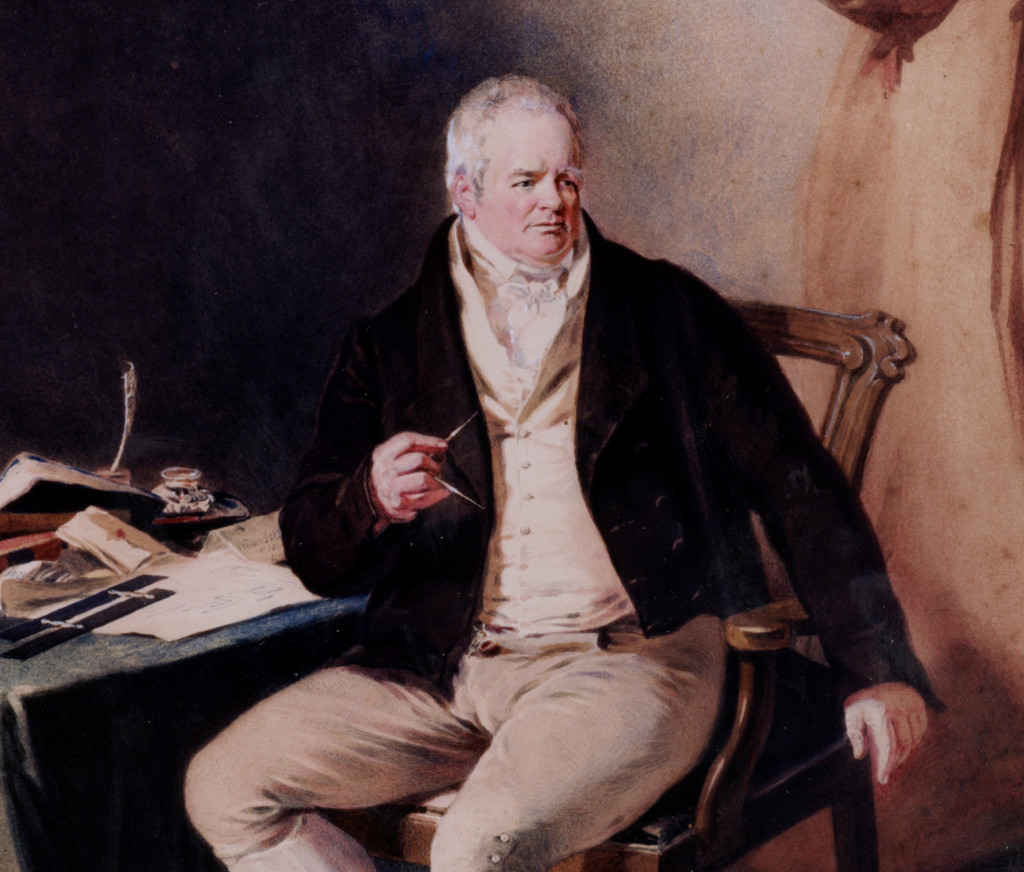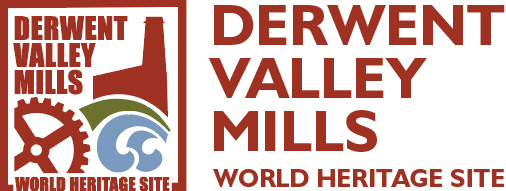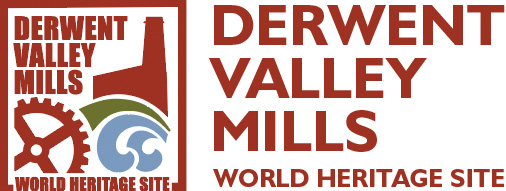Key Figures – William Strutt

Key Figures – William Strutt 1756-1830
Jedediah’s three sons divided their responsibilities in the business between them. George, who lived at Bridge Hill House, a mansion overlooking the river and most of Belper, managed the mills and the estate, while from their homes in Derby, William and Joseph took charge of the technical and commercial functions.
William Strutt, despite his limited formal education, came to be regarded as an expert in the design of fire-proof buildings, in hot-air heating systems and, following the completion of his tour de force, the Derby Infirmary, in the design of hospitals. He also corresponded with scholars on mathematical, theoretical and practical problems. Among these was Charles Bage, whom it is likely William Strutt had known from an early age.
William and his brother Joseph were well regarded by some of the outstanding literary figures of their time. Coleridge and Southey both visited them. Erasmus Darwin’s friendship with William had begun in 1781. It was through Erasmus Darwin that William Strutt had access to a wider circle, which included members of the Lunar Society such as Matthew Boulton, James Watt, William Small, Joseph Priestley and Josiah Wedgwood.
At a somewhat lower level of intellectual and scientific achievement, the Derby Philosophical Society fulfilled a similar function. It had been founded by Darwin and Strutt with Erasmus acting as the first president, a role which subsequently fell to William.
William Strutt’s circle also included the Benthams and Robert Owen, who wrote of William Strutt and his brother Joseph as being among “men of great practical knowledge who were much interested in my views and practical measures… two men whose talents in various ways and whose truly benevolent dispositions have seldom been equalled”.
In public life William Strutt strove to improve the social and physical amenities of his home town. He took an active part in measures to improve lighting and paving and to promote the development of the gas company. He designed several of Derby’s bridges. He promoted Friendly Societies and the Savings Banks. In his design for the Derby Infirmary he displayed the whole range of his architectural and engineering genius and it became a showplace visited by medical authorities from all over the country and abroad.
William and his brothers were known for their liberal views, support of toleration and humanitarian causes. William died a respected and much loved figure in 1830, leaving to his son Edward the 1200 acre estate at Kingston on Soar which he had purchased in 1796 using the fortune brought to the marriage by his wife Barbara, née Evans.

